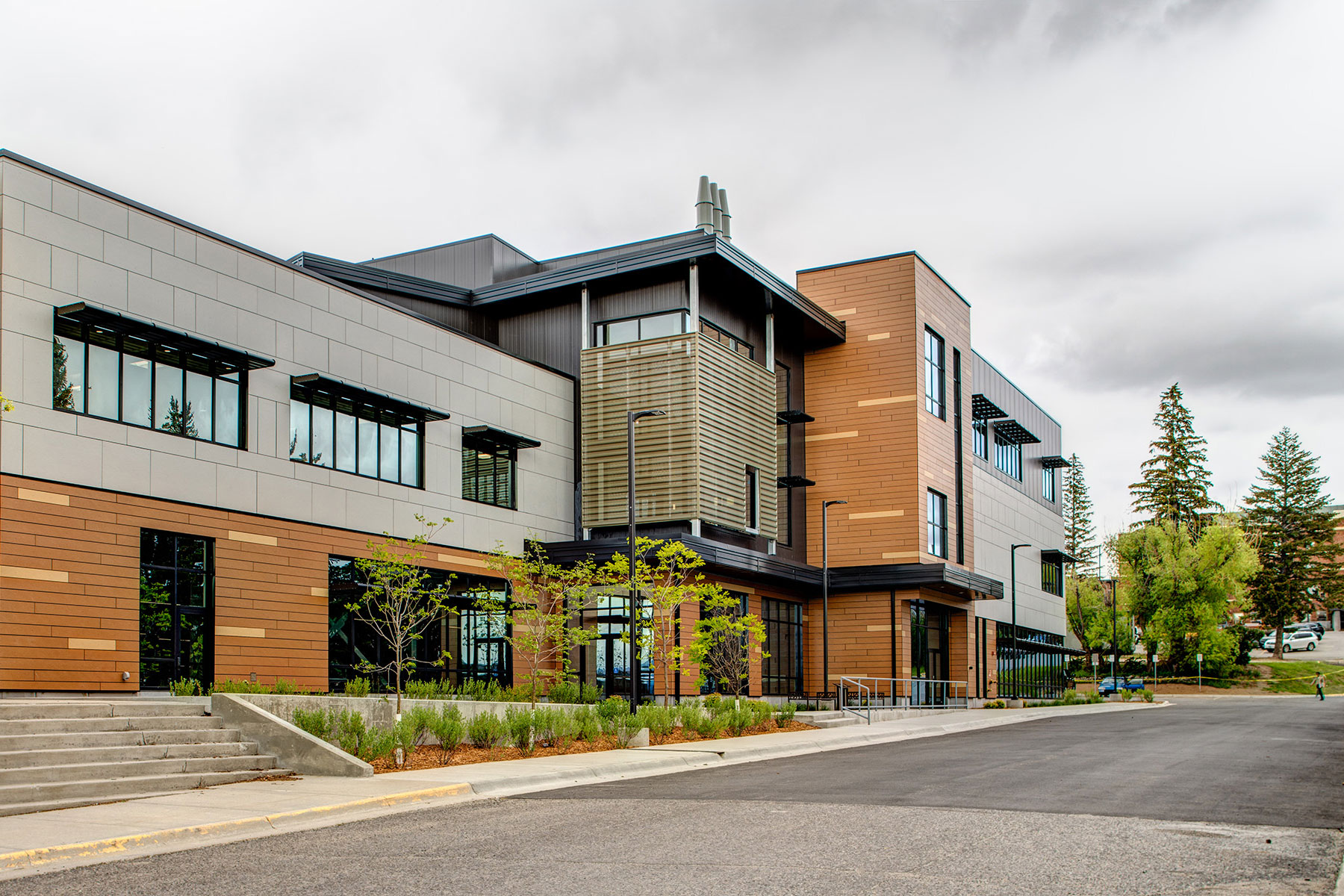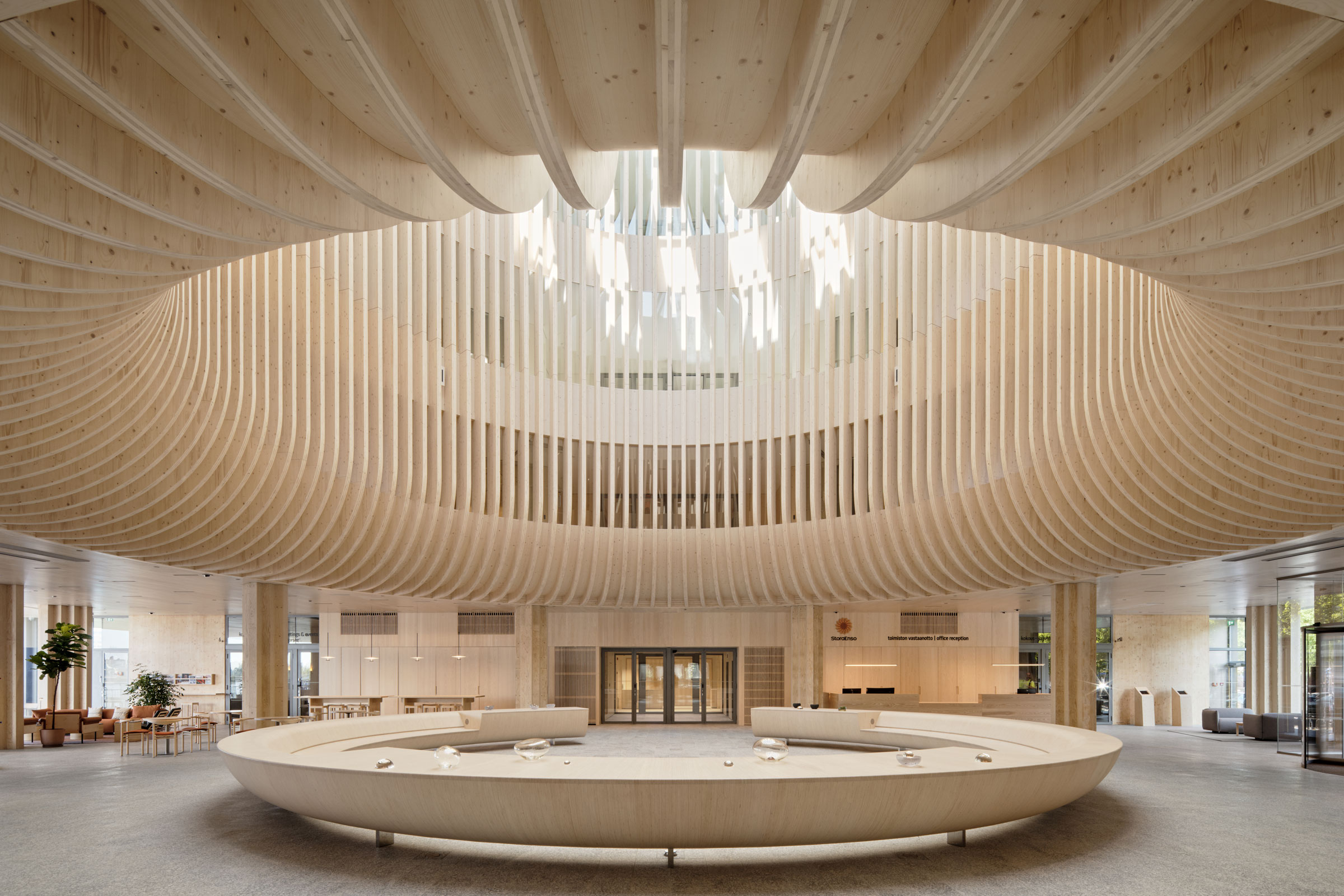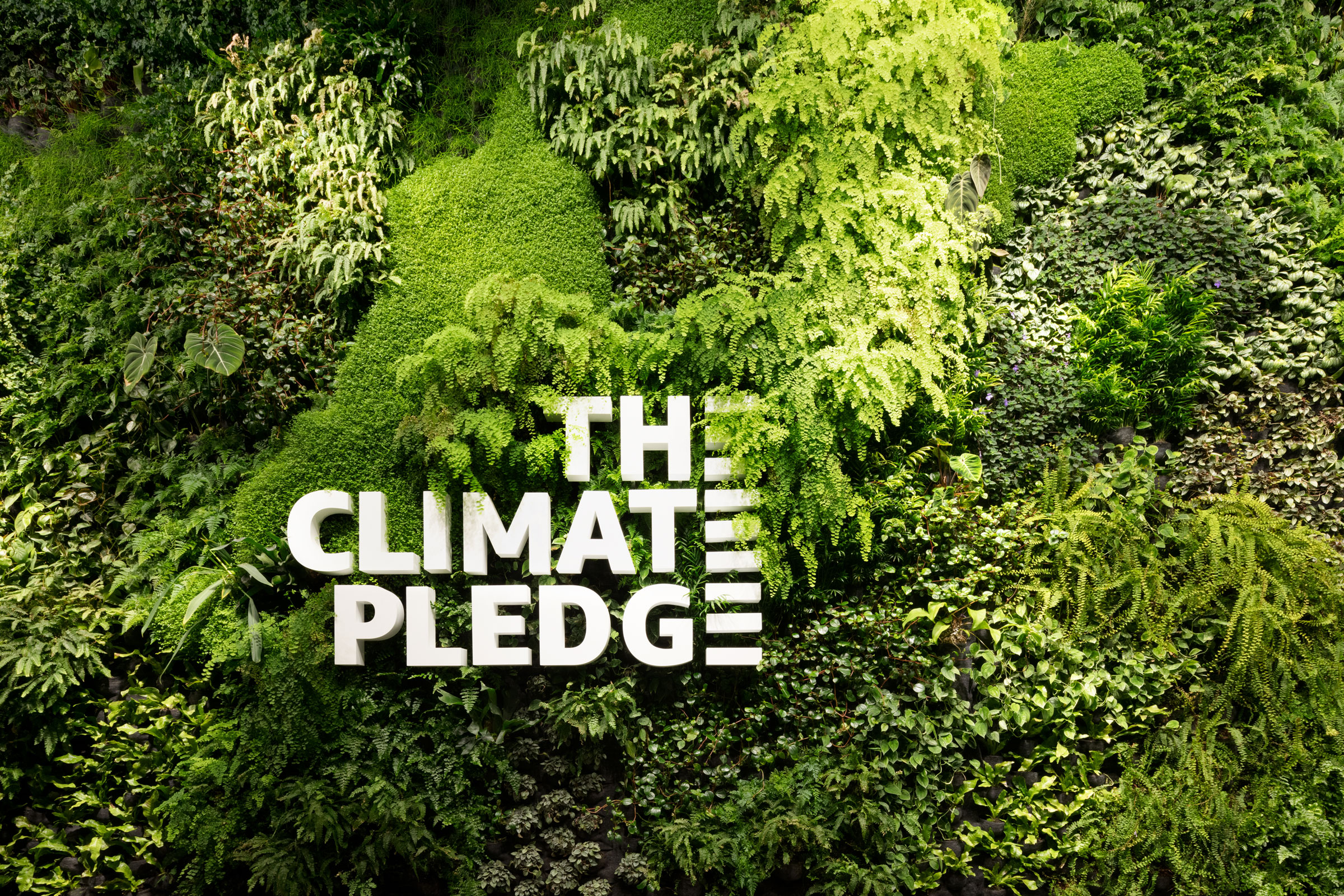Story at a glance:
- The Green Building Initiative is an international nonprofit organization dedicated to improving the built environment’s impact on climate and society.
- GBI was the first green building certification program to be accredited by the American National Standards Institute as a standards developer.
- The GBI administers the Green Globes green building rating system, Green Globes Health & Wellness Distinction, and Green Globes Journey to Net Zero Certification program.
Reducing the environmental impact of our built environment is imperative to ensuring a livable, healthy, and fulfilling future. Over the last several decades many organizations have committed themselves to this goal, with the Green Building Initiative being one of the more prominent in North America.
In this article we’ll explore the Green Building Initiative’s mission, guiding principles, and take an in-depth look at the Green Globes green building rating system they administer.
What is the Green Building Initiative?
Established in 2004 and headquartered in Portland, the Green Building Initiative (GBI) is an international 501(c)3 nonprofit and American National Standards Institute (ANSI)–approved standards developing organization whose mission is “to improve the built environment’s impact on climate and society” by promoting credible, practical green building approaches that make for healthier and more environmentally-conscious buildings.
GBI realizes their mission in a variety of ways, including education programs that investigate the connections between buildings, people, and the planet as well as courses that provide in-depth training in GBI standards and practices. Aside from education, the GBI administers Green Globes, a green building rating system designed to evaluate the environmental sustainability, resilience, and overall health and wellness of all types of commercial buildings.
GBI also serves as the global provider of the federal Guiding Principles Compliance program, an assessment program developed in 2011 as a means of measuring compliance with the Guiding Principles for Sustainable Federal Buildings.
GBI Objectives & Principles
The GBI identifies eight objectives and principles as being critical to achieving their mission:
- Reduce carbon emissions and support the construction or renovation of carbon neutral buildings.
- Improve water efficiency and encourage water conservation through reducing consumption, utilizing alternative sources of water (i.e. harvested rainwater), increasing waste- and stormwater recycling, et cetera.
- Promote public health and wellbeing through excellence in planning across a building’s entire life-cycle.
- Use life cycle thinking to reduce, reuse, reclaim, and recycle to pursue the goal of achieving zero waste while also emphasizing ethicality and sustainability along the value chain.
- Support the use and advancement of smart buildings and other technologies in attaining health, sustainability, and resilience objectives.
- Provide all levels of learners with quality education in support of a diverse, inclusive, and equitable workforce.
- Build inclusive and respectful communities where diversity, inclusivity, equity, consensus, transparency, openness, due process, and innovation are guiding tenets.
- Encourage accurate, collaborative reporting on UN Sustainable Development Goals and environmental, social, and governance objectives.
As it stands GBI primarily operates in the United States and Canada, but also has several certified buildings underway and completed in Central and South America and the UAE. They aim to expand their presence on the international stage over the coming years to help achieve these objectives at the global scale.
A Brief History of GBI & Green Globes

Designed by Cushing Terrell, the Natural Resources Research Center on Montana Technology University’s campus is a 35,000-square-foot addition organized to maximize and encourage cross-disciplinary and social interaction within a central atrium core while augmenting the functionality of the existing Engineering Lab Classroom building used for doctoral, graduate, and undergraduate-level research and instruction. Photo by JSV Photography
Founded in 2004, the Green Building Initiative originally intended to work with residential home builders before quickly switching focus to the more lucrative commercial building market, which, at the time, was underrepresented in the field of green building design. This led to GBI’s acquisition of Green Globes, a green building rating system developed in 2000 by ECD Energy and Environmental Canada using BREEAM principles. An early version of Green Globes—now adapted for the US market—was launched in 2005.
That same year GBI became an accredited ANSI Standards Developing Organization, leading to the development of ANSI/GBI 01-2010: Green Building Assessment Protocol for Commercial Buildings in 2010. This standard was used as the foundation for GBI’s Green Globes for New Construction 2013 program and would be updated and re-released in 2019 and 2021 as ANSI/GBI 01-2021 Green Globes Assessment Protocol for Design, New Construction, and Major Renovations.
ANSI published the GBI’s second standard, ANSI/GBI 02-2023: Green Globes Assessment Protocol for Existing Buildings, in the summer of 2023. Both standards are constantly in development and are subject to a two-year revision cycle.
Since its founding GBI has certified over 650 million square feet of commercial and multifamily space.
What is Green Globes Building Certification?
Green Globes is a voluntary, science-based whole building rating system licensed and administered by GBI. All commercial and mixed-use buildings, as well as residential multifamily buildings, are eligible for Green Globes certification. In total there are three certification programs offered under Green Globes: New Construction, Existing Buildings, and Sustainable Interiors.
Each protocol carries with it slightly different criteria and assessment categories (e.g. project management, energy, water efficiency, and so on), though all use a scoring system ranging from 0 to 1,000 points. Depending on the percentage of points earned, a project may qualify for one of four levels of certification:
- One Green Globes (35 – 54%)
- Two Green Globes (55 – 69%)
- Three Green Globes (70 – 84%)
- Four Green Globes (85 – 100%)
In addition to these four degrees of standard certification, Green Globes also offers two additional certification programs: the Green Globes Distinction in Health & Wellness and the Green Globes Journey to Net Zero™ Certification.
Green Globes Health & Wellness Distinction
Projects can pursue the Green Globes Distinction in Health & Wellness to showcase their commitment towards creating and maintaining a healthy built environment that supports occupants’ mental and physical wellbeing.
The Green Globes Distinction in Health & Wellness identifies nine core objectives:
- Enhance occupant comfort through environmental controls and thermal and acoustic considerations.
- Promote respiratory health by minimizing the potential for dust, mildew, and mold.
- Use ventilation best practices to improve indoor air quality.
- Provide occupants with access to clean water and nutritious food.
- Leverage external views and daylighting strategies to support positive mental health.
- Mitigate and reduce risks through practices that support cleaning, disinfection, safety, and security.
- Properly maintain systems to ensure water quality for all uses.
- Encourage site planning and access for physical activities (e.g. biking, walking).
- Minimize exposure to chemicals through effective source control and purposeful material evaluation and selection.
For a project to earn this distinction a Green Globes Assessor must verify that it meets the minimum criteria requirements, of which include such things as pre-occupancy inspections, appropriate climate-control measures, use of low-VOC materials, access to clean water, implementation of daylighting solutions, functional fire and smoke alarm systems that go beyond code compliance, effective pest management, and design choices that encourage an active, healthy lifestyle.
Projects must also meet at least 55% of supporting health and wellness criteria.
Green Globes Journey to Net Zero Certification
GBI’s Green Globes Journey to Net Zero program is intended for projects working to reduce their energy consumption and production of greenhouse gas emissions—as such, it is split into two distinct certification categories: net zero energy (NZE) and net zero carbon (NZC).
- NZE. Aims to drastically reduce energy requirements in building operations and promote the adoption of renewable energy technologies; projects receive this certification by balancing the amount of energy they consume with the amount of renewable energy they generate.
- NZC. Aims to minimize GHG emissions through the implementation of strategies rooted in life cycle thinking and decision-making; projects receive this certification when their net contribution to global CO2 emissions is zero.
Projects can choose to pursue both NZE and NZC at the same time or focus on only one target area. Regardless of the category being pursued, the program is structured into multiple parts that represent and recognize a project’s progression, or journey, towards net zero:
- Onramp (0-49% reduction in site EUI and/or carbon emissions)
- Recognized (50-99% reduction.in site EUI and/or carbon emissions)
- Certified (100% reduction in site EUI and/or carbon emissions)
GBI encourages all building owners—regardless of whether they’ve just started or are far along in their goal of achieving net zero—to pursue Green Globes Journey to Net Zero Certification, offering ample support and guidance throughout the process.
GBI Credential Courses
GBI offers several categories of training and credentialing for those looking to demonstrate their commitment to green building and distinguishing themselves as experts of the GBI assessment programs:
- Green Globes Emerging Professional. Designed primarily for college students pursuing design, engineering, construction management, and/or sustainability degrees, although architects, engineers, and other sustainability professionals who do not yet possess five years of experience can also become GGEP candidates.
- Green Globes Professional. Intended for building industry professionals with at least five years of experience directly pertaining to commercial buildings; this course is designed to provide experienced sustainability professionals with a clear, in-depth understanding of the Green Globes certification features and assessment process.
- Guiding Principles Compliance Professional. Designed for experienced building industry professionals working with the federal government; after completing the course and passing the exam, GPCPs can offer their services as consultants and project managers to facilitate the GPC assessment process.
- Green Globes Assessor (New Construction). Intended for building industry professionals with at least 10 years experience directly pertaining to commercial buildings and at least five years experience in architecture/design, engineering design, construction management, or sustainability/environmental management; once they receive their credentials, GGAs may be contracted by the GBI to perform independent third-party assessments for Green Globes certification.
- Green Globes Assessor (Existing Construction). Intended for building industry professionals with at least 10 years experience directly pertaining to commercial buildings and at least five years experience in facilities maintenance/operations, or five years experience in two of the following: repair/upgrade/renovations, auditing, or architecture/design); once they receive their credentials, GGAs may be contracted by the GBI to perform independent third-party assessments for Green Globes certification.
Through these credentialing programs GBI aims to create a community of experienced professionals capable of advancing green building design to new heights and bring sustainable, healthy, resilient buildings to all peoples.




